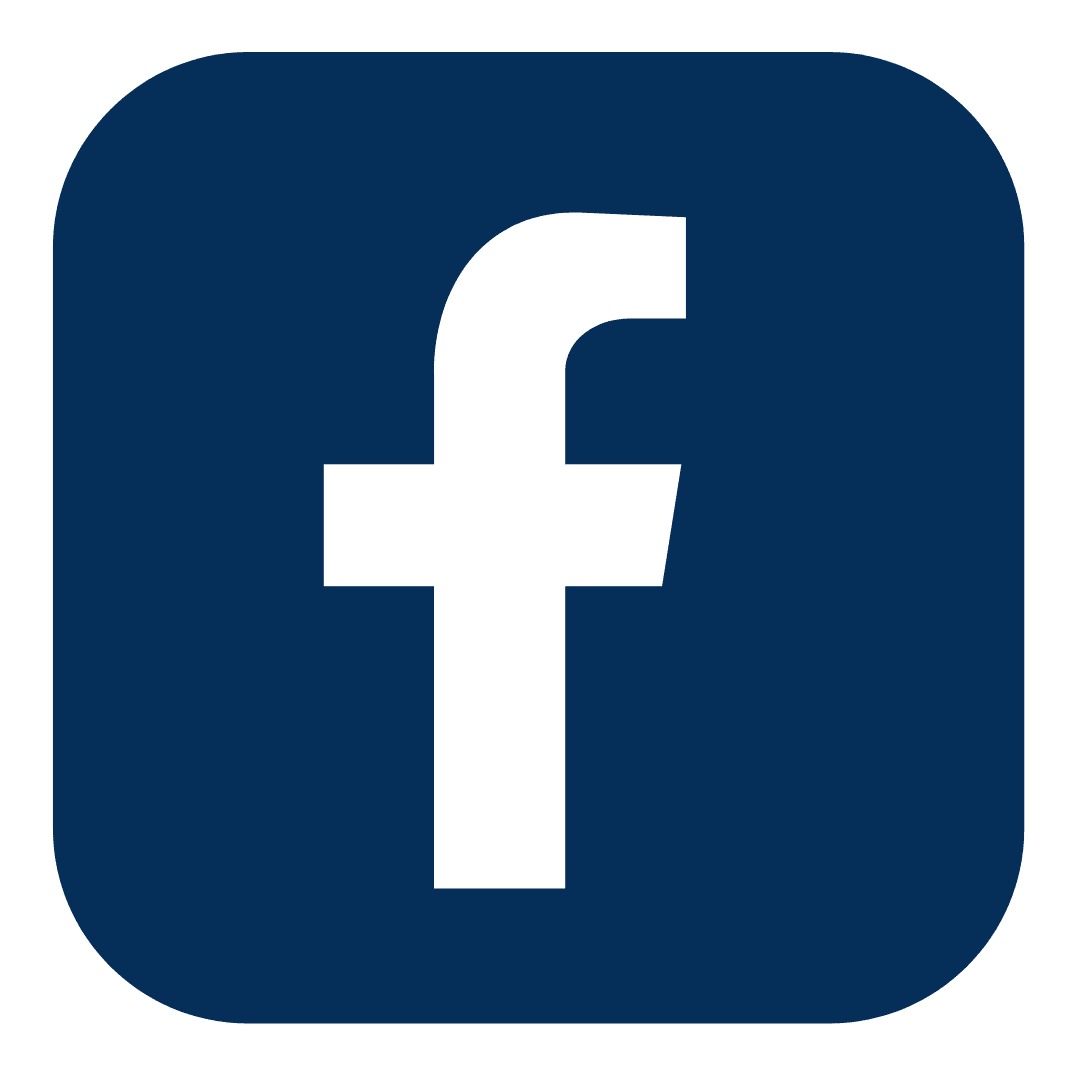
While weep holes play a vital role in protecting your home's structural integrity by allowing moisture to escape and providing ventilation, these small openings can become unwanted entry points for pests. From tiny insects to surprisingly agile mice that can squeeze through gaps as small as your pinky finger, these wall cavity openings often serve as gateways for unwelcome visitors.
Maintaining a pest-free home doesn't mean you should block or cover these essential openings. Instead, understanding how to properly protect your weep holes while preserving their crucial function is key to both home maintenance and pest control. With the right approach and protective measures, you'll be able to keep unwanted guests like cockroaches, spiders, lizards, and even snakes from turning your wall cavities into their new home.
Understanding Weep Holes in Home Construction
Weep holes are small openings in masonry walls that create essential drainage paths in building structures. These strategic gaps prevent moisture accumulation by allowing water to escape from wall cavities.
What Weep Holes Do
Weep holes serve multiple critical functions in home construction:
- Direct water drainage from wall cavities to the exterior
- Enable proper ventilation within wall spaces
- Prevent moisture buildup behind brick facades
- Reduce internal wall pressure from trapped water
- Protect structural elements from water damage
- Create entry points for insects like cockroaches spiders ants
- Allow access to small rodents mice rats
- Enable reptiles lizards snakes to enter wall cavities
- Collect debris leaves dirt twigs that block drainage
- Form pathways for cold drafts during winter months
| Weep Hole Statistics | Data |
|---|---|
| Standard size | 1/4 to 3/8 inch |
| Typical spacing | Every 24-33 inches |
| Optimal height from ground | 4-6 inches |
| Minimum required per 100 sq ft | 4-6 holes |
Common Pest Problems with Weep Holes
Unprotected weep holes create entry points for various pests seeking shelter inside wall cavities. These openings become particularly attractive to pests during extreme weather conditions or seasonal changes.
Types of Invasive Pests
Common invasive pests entering through weep holes include:
- Rodents (mice rats) that squeeze through openings larger than 1/4 inch
- Swarming insects (bees wasps) establishing colonies inside wall cavities
- Crawling insects (spiders cockroaches) seeking dark protected spaces
- Small reptiles (lizards) using weep holes as access points
- Visible pest droppings near weep hole openings
- Scratching sounds inside walls during quiet periods
- Dark stains or grease marks around weep hole edges
- Insect wings or body parts accumulating below openings
- Web formations across weep hole entrances
- Nesting materials protruding from weep holes
- Increased pest activity around foundation walls
- Distinctive odors emanating from wall cavities
| Pest Type | Entry Size Required | Risk Level |
|---|---|---|
| Mice | 1/4 inch | High |
| Rats | 1/2 inch | High |
| Insects | 1/8 inch | Medium |
| Termites | 1/32 inch | Severe |
Types of Weep Hole Screens
Weep hole screens come in various materials and designs to protect homes from pest intrusion while maintaining essential drainage functions. Each type offers specific benefits for different structural applications and pest control needs.
Material Options
While there are many different types of weep hole mesh, Romex Pest Control uses copper products because of their durability and reliability.
- Stainless Steel Mesh: Provides superior durability in harsh weather conditions with corrosion resistance properties
- Plastic Polymer Screens: Offers flexibility for installation with UV-resistant properties to prevent degradation
- Copper Mesh: Features antimicrobial properties that prevent mold growth while maintaining airflow
- Aluminum Mesh: Creates a lightweight barrier with excellent ventilation capabilities
- Bronze Screens: Delivers long-lasting protection with an aesthetic finish that complements brick facades
- Standard Dimensions: Screens measure 2.5 to 4 inches in width to fit common weep hole sizes
- Mesh Density: Features 16-20 mesh count per inch to block insects while allowing water flow
- Installation Depth: Extends 1-2 inches into the cavity to prevent pest entry without impeding drainage
- Ventilation Patterns:
- Honeycomb design for maximum airflow
- Linear slots for directed water drainage
- Perforated patterns for balanced protection
- Integration Features:
- Built-in flanges for secure attachment
- Overlapping edges to prevent gaps
- Self-adjusting mechanisms for thermal expansion
Installing Weep Hole Screens
Installing weep hole screens creates an effective barrier against pest intrusion while maintaining proper drainage function. The installation process requires specific tools and materials to ensure secure placement and optimal performance.
Tools and Materials Needed
- Power drill with masonry bits
- Wire brush or vacuum cleaner
- Measuring tape
- Utility knife
- Safety glasses and gloves
- Stainless steel or polymer mesh screens
- Pest-resistant sealant
- Mounting screws or anchors
- Level
- Pencil for marking
Clean the weep hole area:
- Remove debris with a wire brush
- Vacuum loose particles
- Ensure surfaces are dry
Measure and prepare screens:
- Measure weep hole dimensions
- Cut screens 1/4 inch larger than opening
- Test fit before final installation
Install the screens:
- Mark mounting points
- Drill pilot holes if needed
- Apply sealant around edges
- Position screen over opening
- Secure with appropriate fasteners
Verify installation:
- Check screen alignment
- Confirm proper drainage flow
- Test screen stability
- Remove excess sealant
Maintain regular inspections:
- Check screens monthly
- Clear debris accumulation
- Test drainage function
- Replace damaged screens
| Screen Type | Installation Depth | Mesh Density |
|---|---|---|
| Stainless Steel | 1/2 inch | 16-20 mesh |
| Polymer | 3/8 inch | 18-24 mesh |
| Adjustable | 3/4 inch | 16-22 mesh |
Maintenance and Inspection Tips
Regular Cleaning Schedule
Schedule weep hole maintenance twice annually during spring and fall seasons. Clean weep holes using:
- Soft-bristled brushes to remove surface debris
- Compressed air tools to clear dust deposits
- Specialized crack and crevice cleaners with precision nozzles
Warning Signs to Monitor
Check for these indicators of weep hole dysfunction:
- Water accumulation near foundation walls
- Musty odors indicating trapped moisture
- Mold or mildew formations around openings
- Cracks in surrounding masonry
- Sediment buildup inside screens
Inspection Procedures
Perform these checks during each maintenance session:
- Examine screen attachments for secure fitting
- Test water flow through screens during rainfall
- Inspect mesh integrity for tears or damage
- Check surrounding mortar joints for deterioration
- Document any changes in drainage patterns
| Maintenance Task | Frequency | Tools Required |
|---|---|---|
| Basic Cleaning | Twice yearly | Soft brush, Air compressor |
| Deep Cleaning | Annually | Crevice cleaner, Nozzle attachments |
| Screen Inspection | Quarterly | Flashlight, Inspection mirror |
| Flow Testing | Semi-annually | Water source, Flow meter |
- Remove accumulated debris from mesh surfaces
- Clear blockages from drainage channels
- Replace damaged or corroded screens
- Tighten loose screen attachments
- Clean surrounding brick or stonework
Romex Pest Control Weephole Screen Services
Romex Pest Control installs premium-grade screens maintain essential ventilation while creating an impenetrable barrier against pests.
Key Features of Romex Pest Control Professional Weep Hole Screens
- Install rust-resistant copper mesh designed for long-term durability
- Create effective barriers against mice, cockroaches and other invasive pests
- Allow proper moisture drainage through patented ventilation designs
- Maintain airflow patterns required for wall cavity health
- Fit standard weep hole dimensions with custom sizing options
Installation Process
- Clean existing weepholes to remove debris or pest evidence
- Measure openings to determine proper screen dimensions
- Cut screens to size for elongated or non-standard holes
- Insert screens with proper depth placement
- Verify ventilation flow after installation
| Service Component | Specifications |
|---|---|
| Screen Material | Copper Mesh |
| Installation Time | 15-30 minutes per screen |
| Coverage Area | All exposed weep holes |
| Durability Rating | 10+ years with proper maintenance |
| Weather Resistance | All-climate protection |
- Inspect screens quarterly for damage or blockage
- Clean surfaces with soft brushes to remove accumulated debris
- Test moisture drainage pathways during seasonal changes
- Replace damaged screens immediately to maintain protection
- Document any pest activity near screened areas
Summary
Protecting your weep holes with appropriate screens is a crucial step in safeguarding your home from unwanted pests while maintaining proper drainage and ventilation. By selecting the right screen material and ensuring proper installation you'll create an effective barrier against various pests without compromising your home's structural integrity.
Remember that regular maintenance of your weep hole screens isn't just about pest prevention - it's an investment in your home's longevity. With professional installation services like those offered by Romex Pest Control you can enjoy peace of mind knowing your home is protected by high-quality stainless steel screens that deliver long-lasting performance.
Take action today, call Romex Pest Control, to secure your weep holes and protect your home from potential pest invasions while preserving these essential drainage pathways.
We hope you enjoy these informational articles. If you'd like to learn more about our eco-friendly pest control services, call (844) 955-2447.
Read More
Your Path to a Pest-Free Home or Business
Romex Pest Control
We are committed to protecting you, your children, and your pets with our eco-friendly, child-friendly, and pet-friendly guaranteed pest control solutions.
Romex Pest Control is fully insured and licensed in Texas, Oklahoma, Louisiana, and Mississippi.
Service Areas:
Hours
M-F 8 am–5 pm
Sat 8 am–2 pm
Sun Closed
Established 2016 © Copyright 2025 Romex Pest Control










